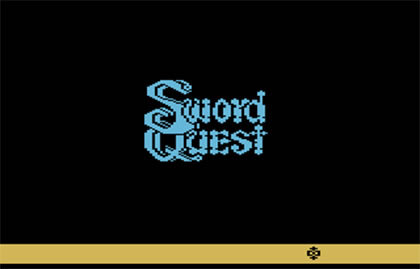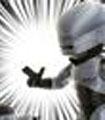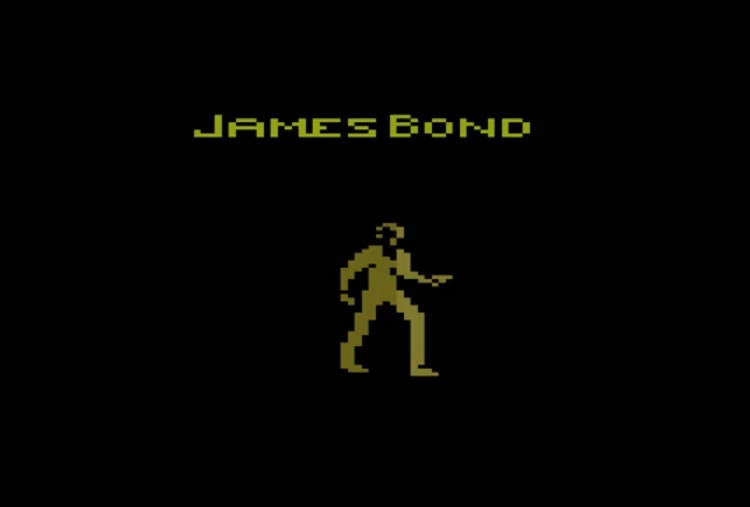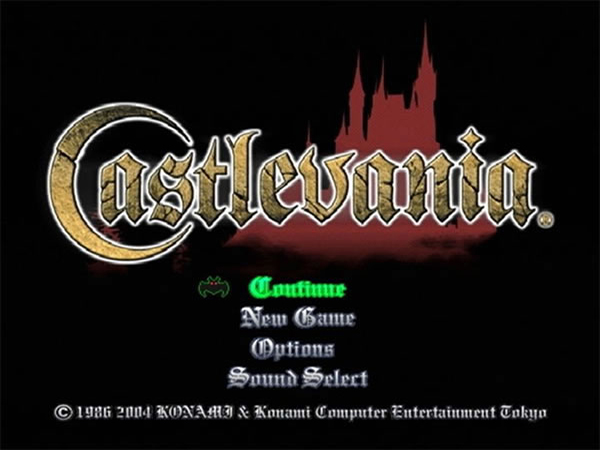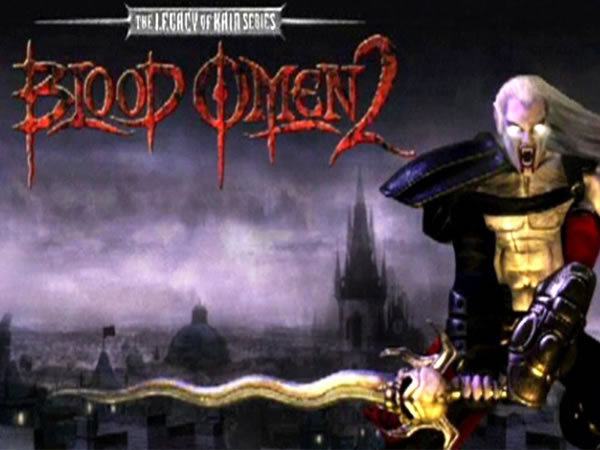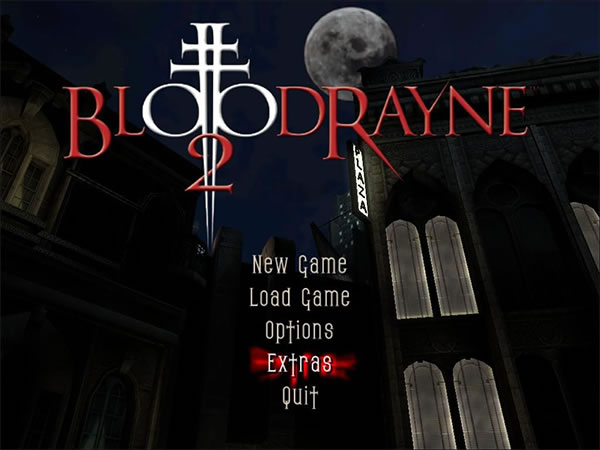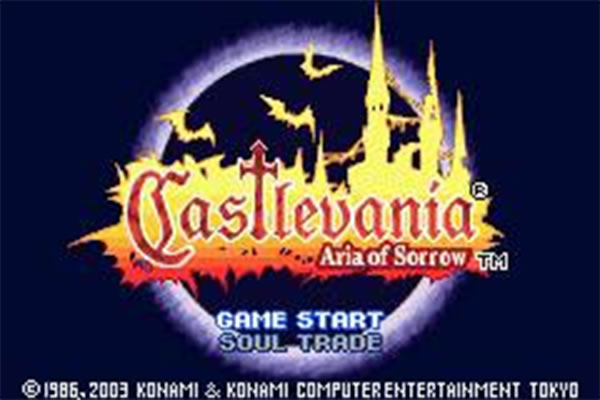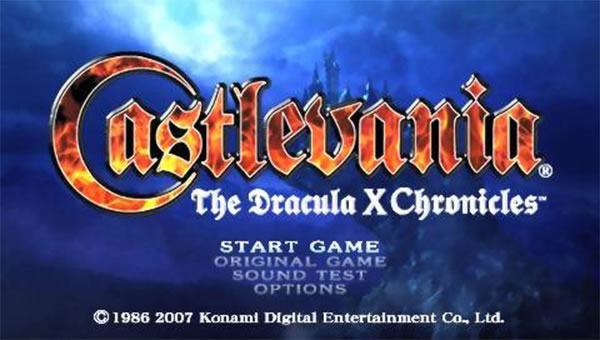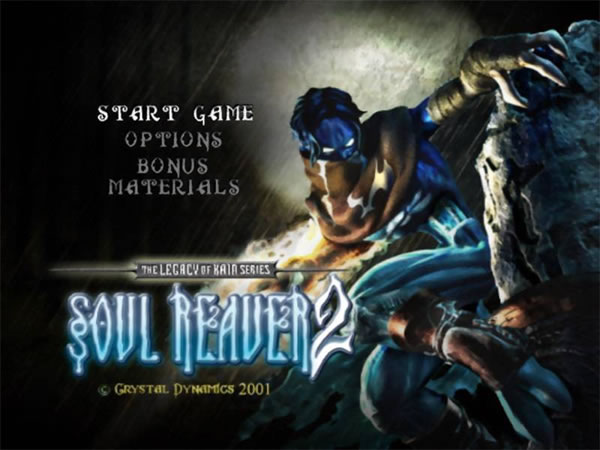- CLASSIC MAGAZINES
- REVIEW CREW
A show recapping what critics thought back
when classic games first came out! - NEXT GENERATION'S BEST & WORST
From the worst 1-star reviews to the best
5-stars can offer, this is Next Generation! - NINTENDO POWER (ARCHIVE)
Experience a variety of shows looking at the
often baffling history of Nintendo Power! - MAGAZINE RETROSPECTIVE
We're looking at the absolutely true history of
some of the most iconic game magazines ever! - SUPER PLAY'S TOP 600
The longest and most ambitious Super NES
countdown on the internet! - THEY SAID WHAT?
Debunking predictions and gossip found
in classic video game magazines! - NEXT GENERATION UNCOVERED
Cyril is back in this spin-off series, featuring the
cover critic review the art of Next Generation! - HARDCORE GAMER MAGAZING (PDF ISSUES)
Download all 36 issues of Hardcore Gamer
Magazine and relive the fun in PDF form!
- REVIEW CREW
- ELECTRONIC GAMING MONTHLY
- ELECTRONIC GAMING MONTHLY RANKS
From Mario to Sonic to Street Fighter, EGM
ranks classic game franchises and consoles! - ELECTRONIC GAMING MONTHLY BEST & WORST
Counting down EGM’s best and worst reviews
going year by year, from 1989 – 2009! - ELECTRONIC GAMING BEST & WORST AWARDS
11-part video series chronicling the ups and
downs of EGM’s Best & Worst Awards!
- ELECTRONIC GAMING MONTHLY RANKS
- GAME HISTORY
- GAME OVER: STORY BREAKDOWNS
Long-running series breaking down game
stories and analyzing their endings! - A BRIEF HISTORY OF GAMING w/ [NAME HERE]
Real history presented in a fun and pithy
format from a variety of game historians! - THE BLACK SHEEP
A series looking back at the black sheep
entries in popular game franchises! - INSTANT EXPERT
Everything you could possibly want to know
about a wide variety of gaming topics! - FREEZE FRAME
When something familiar happens in the games
industry, we're there to take a picture! - I'VE GOT YOUR NUMBER
Learn real video game history through a series
of number-themed episodes, starting at zero! - GREAT MOMENTS IN BAD ACTING
A joyous celebration of some of gaming's
absolute worst voice acting!
- GAME OVER: STORY BREAKDOWNS
- POPULAR SHOWS
- DG NEWS w/ LORNE RISELEY
Newsman Lorne Riseley hosts a regular
series looking at the hottest gaming news! - REVIEW REWIND
Cyril replays a game he reviewed 10+ years
ago to see if he got it right or wrong! - ON-RUNNING FEUDS
Defunct Games' longest-running show, with
editorials, observations and other fun oddities! - DEFUNCT GAMES QUIZ (ARCHIVE)
From online quizzes to game shows, we're
putting your video game knowledge to the test!- QUIZ: ONLINE PASS
Take a weekly quiz to see how well you know
the news and current gaming events! - QUIZ: KNOW THE GAME
One-on-one quiz show where contestants
find out if they actually know classic games! - QUIZ: THE LEADERBOARD
Can you guess the game based on the classic
review? Find out with The Leaderboard!
- QUIZ: ONLINE PASS
- DEFUNCT GAMES VS.
Cyril and the Defunct Games staff isn't afraid
to choose their favorite games and more! - CYRIL READS WORLDS OF POWER
Defunct Games recreates classic game
novelizations through the audio book format!
- DG NEWS w/ LORNE RISELEY
- COMEDY
- GAME EXPECTANCY
How long will your favorite hero live? We crunch
the numbers in this series about dying! - VIDEO GAME ADVICE
Famous game characters answer real personal
advice questions with a humorous slant! - FAKE GAMES: GUERILLA SCRAPBOOK
A long-running series about fake games and
the people who love them (covers included)! - WORST GAME EVER
A contest that attempts to create the worst
video game ever made, complete with covers! - LEVEL 1 STORIES
Literature based on the first stages of some
of your favorite classic video games! - THE COVER CRITIC
One of Defunct Games' earliest shows, Cover
Critic digs up some of the worst box art ever! - COMMERCIAL BREAK
Take a trip through some of the best and
worst video game advertisements of all time! - COMIC BOOK MODS
You've never seen comics like this before.
A curious mix of rewritten video game comics!
- GAME EXPECTANCY
- SERIES ARCHIVE
- NINTENDO SWITCH ONLINE ARCHIVE
A regularly-updated list of every Nintendo
Switch Online release, plus links to review! - PLAYSTATION PLUS CLASSIC ARCHIVE
A comprehensive list of every PlayStation
Plus classic release, including links! - RETRO-BIT PUBLISHING ARCHIVE
A regularly-updated list of every Retro-Bit
game released! - REVIEW MARATHONS w/ ADAM WALLACE
Join critic Adam Wallace as he takes us on a
classic review marathon with different themes!- DEFUNCT GAMES GOLF CLUB
Adam Wallace takes to the links to slice his way
through 72 classic golf game reviews! - 007 IN PIXELS
Adam Wallace takes on the world's greatest spy
as he reviews 15 weeks of James Bond games! - A SALUTE TO VAMPIRES
Adam Wallace is sinking his teeth into a series
covering Castlevania, BloodRayne and more! - CAPCOM'S CURSE
Adam Wallace is celebrating 13 days of Halloween
with a line-up of Capcom's scariest games! - THE FALL OF SUPERMAN
Adam Wallace is a man of steel for playing
some of the absolute worst Superman games! - THE 31 GAMES OF HALLOWEEN
Adam Wallace spends every day of October afraid
as he reviews some of the scariest games ever! - 12 WEEKS OF STAR TREK
Adam Wallace boldly goes where no critic has
gone before in this Star Trek marathon!
- DEFUNCT GAMES GOLF CLUB
- DAYS OF CHRISTMAS (ARCHIVE)
Annual holiday series with themed-episodes
that date all the way back to 2001!- 2015: 30 Ridiculous Retro Rumors
- 2014: 29 Magazines of Christmas
- 2013: 29 Questionable Power-Ups of Christmas
- 2012: 34 Theme Songs of Christmas
- 2011: 32 Game Endings of Christmas
- 2010: 31 Bonus Levels of Christmas
- 2009: 30 Genres of Christmas
- 2008: 29 Controls of Christmas
- 2007: 34 Cliches of Christmas
- 2006: 33 Consoles of Christmas
- 2005: 32 Articles of Christmas
- 2004: 31 Websites of Christmas
- 2003: 29 Issues of Christmas
- 2002: 28 Years of Christmas
- 2001: 33 Days of Christmas
- NINTENDO SWITCH ONLINE ARCHIVE
- REVIEW ARCHIVE
- FULL ARCHIVE
Swordquest: Waterworld
In 1982, the release of the first game in the Swordquest series wasn't just a game release; it was an event. All the publicity revolved around a contest giving away $150,000 worth of prizes to the best player of each of the four Swordquest games. The contest helped boost sales of the first two games Earthworld and Fireworld. Unfortunately, the timing for the event couldn't have been worse, kicking off just a few months before the 1983 Video Game Crash. With the fall of Atari, the contest got cut short, and the third game of the series Waterworld was released in a limited run. (The final game Airworld was never finished.) Since the majority of people bought the first two games primarily for a shot at the contest, was it even worth playing the third without a chance at winning its prize? After playing it myself, I have to say, sadly, no.
In terms of complexity, Swordquest: Waterworld sits between the simplicity of Adventure and the utter confusion of Raiders of the Lost Ark. While Earthworld placed players in a linking series of rooms following the Zodiac and Fireworld set its rooms up to follow the Tree of Life, Waterworld's seven rooms were laid out to follow the seven centers of chakra. The goal is to collect an assortment of items and place certain combinations of objects into certain rooms. When the right combination is in a room, a clue is revealed that leads to a page in the accompanying DC comic book. There are seven clues to find, but they have to be whittled down to four through another hint in the comic.
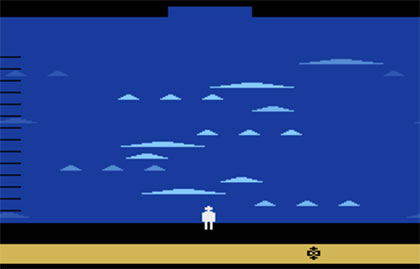 Click For the Full Picture Archive
Click For the Full Picture Archive
Unlike the first two games, Waterworld provides a lot of help finding those clues. There are action scenes that pop up randomly that all revolve around Frogger ideas like dodging squids and hopping on ice floes. The thing is that all of the action scenes can be skipped with the only detriment being that a couple of items in each room would be invisible. That's different from the first two games which required beating the action scenes to get to the items. In fact, if you carry four certain items, you can skip all of the action scenes, reveal all the items, and still have room in your inventory for two more items to carry to another room. To top it off, you could take multiple tries to find all the clues whereas, in the first two games, all the clues had to be found in one sitting. The game is much shorter and easier than the first two.
Overall, Waterworld is the nicest looking and sounding of the series. The limited characters are well-animated, and the fading effects for the ice floes look nice though they're not conducive for playing. Though it's to be expected for a game called Waterworld, I did get sick of all the shades of blue in the color scheme. The music and sound effects are all top tier for the Atari 2600.
As much as I want to say that it's worth playing now, I just can't. Swordquest: Waterworld may be easier to get into than the two games that came before it, but it was still a game built to connect to its contest rather than designed to be enjoyed on its own. Searching for the clues now is pretty much pointless. Without a golden crown to be won, there really isn't a reason to play it today.
In terms of complexity, Swordquest: Waterworld sits between the simplicity of Adventure and the utter confusion of Raiders of the Lost Ark. While Earthworld placed players in a linking series of rooms following the Zodiac and Fireworld set its rooms up to follow the Tree of Life, Waterworld's seven rooms were laid out to follow the seven centers of chakra. The goal is to collect an assortment of items and place certain combinations of objects into certain rooms. When the right combination is in a room, a clue is revealed that leads to a page in the accompanying DC comic book. There are seven clues to find, but they have to be whittled down to four through another hint in the comic.
 Click For the Full Picture Archive
Click For the Full Picture ArchiveUnlike the first two games, Waterworld provides a lot of help finding those clues. There are action scenes that pop up randomly that all revolve around Frogger ideas like dodging squids and hopping on ice floes. The thing is that all of the action scenes can be skipped with the only detriment being that a couple of items in each room would be invisible. That's different from the first two games which required beating the action scenes to get to the items. In fact, if you carry four certain items, you can skip all of the action scenes, reveal all the items, and still have room in your inventory for two more items to carry to another room. To top it off, you could take multiple tries to find all the clues whereas, in the first two games, all the clues had to be found in one sitting. The game is much shorter and easier than the first two.
Overall, Waterworld is the nicest looking and sounding of the series. The limited characters are well-animated, and the fading effects for the ice floes look nice though they're not conducive for playing. Though it's to be expected for a game called Waterworld, I did get sick of all the shades of blue in the color scheme. The music and sound effects are all top tier for the Atari 2600.
As much as I want to say that it's worth playing now, I just can't. Swordquest: Waterworld may be easier to get into than the two games that came before it, but it was still a game built to connect to its contest rather than designed to be enjoyed on its own. Searching for the clues now is pretty much pointless. Without a golden crown to be won, there really isn't a reason to play it today.
HOME |
CONTACT |
NOW HIRING |
WHAT IS DEFUNCT GAMES? |
NINTENDO SWITCH ONLINE |
RETRO-BIT PUBLISHING
Retro-Bit |
Switch Planet |
The Halcyon Show |
Same Name, Different Game |
Dragnix |
Press the Buttons
Game Zone Online | Hardcore Gamer | The Dreamcast Junkyard | Video Game Blogger
Dr Strife | Games For Lunch | Mondo Cool Cast | Boxed Pixels | Sega CD Universe | Gaming Trend
Game Zone Online | Hardcore Gamer | The Dreamcast Junkyard | Video Game Blogger
Dr Strife | Games For Lunch | Mondo Cool Cast | Boxed Pixels | Sega CD Universe | Gaming Trend
Copyright © 2001-2025 Defunct Games
All rights reserved. All trademarks are properties of their respective owners.
All rights reserved. All trademarks are properties of their respective owners.










